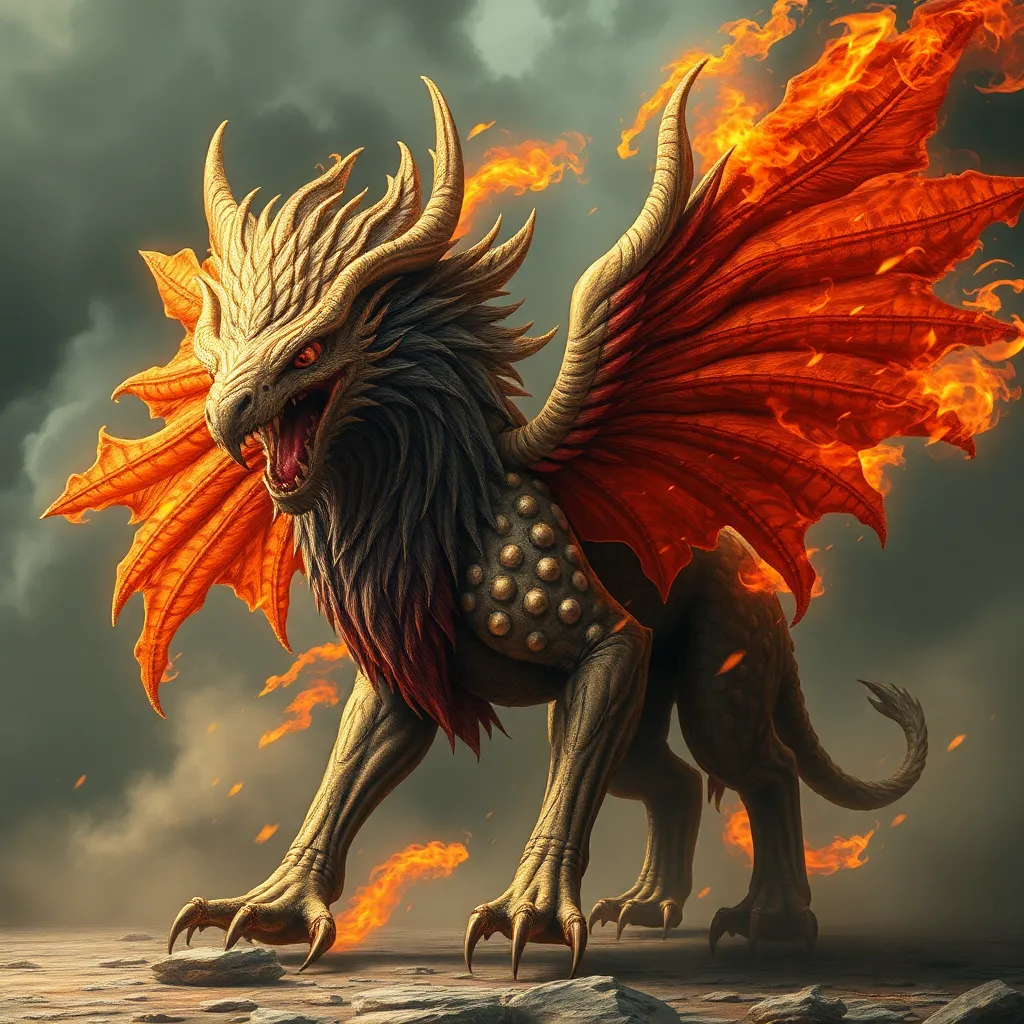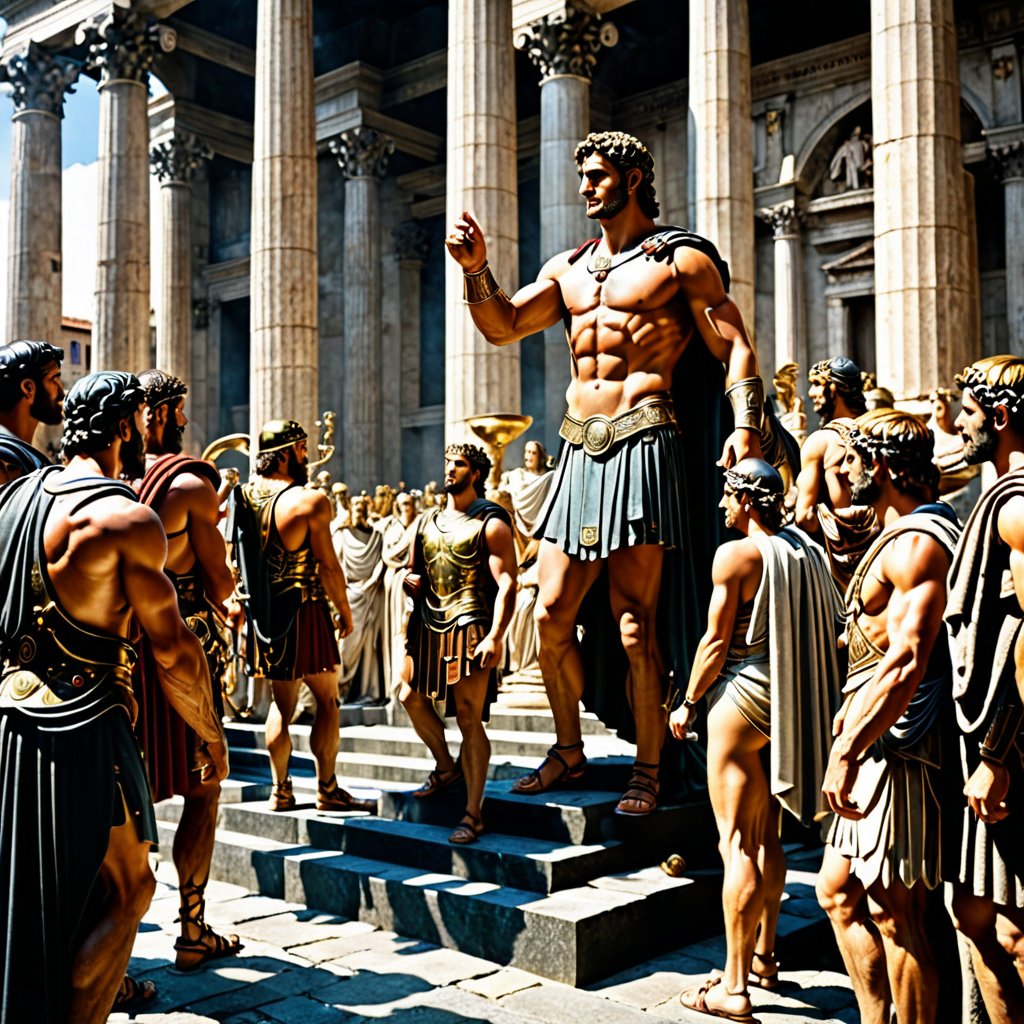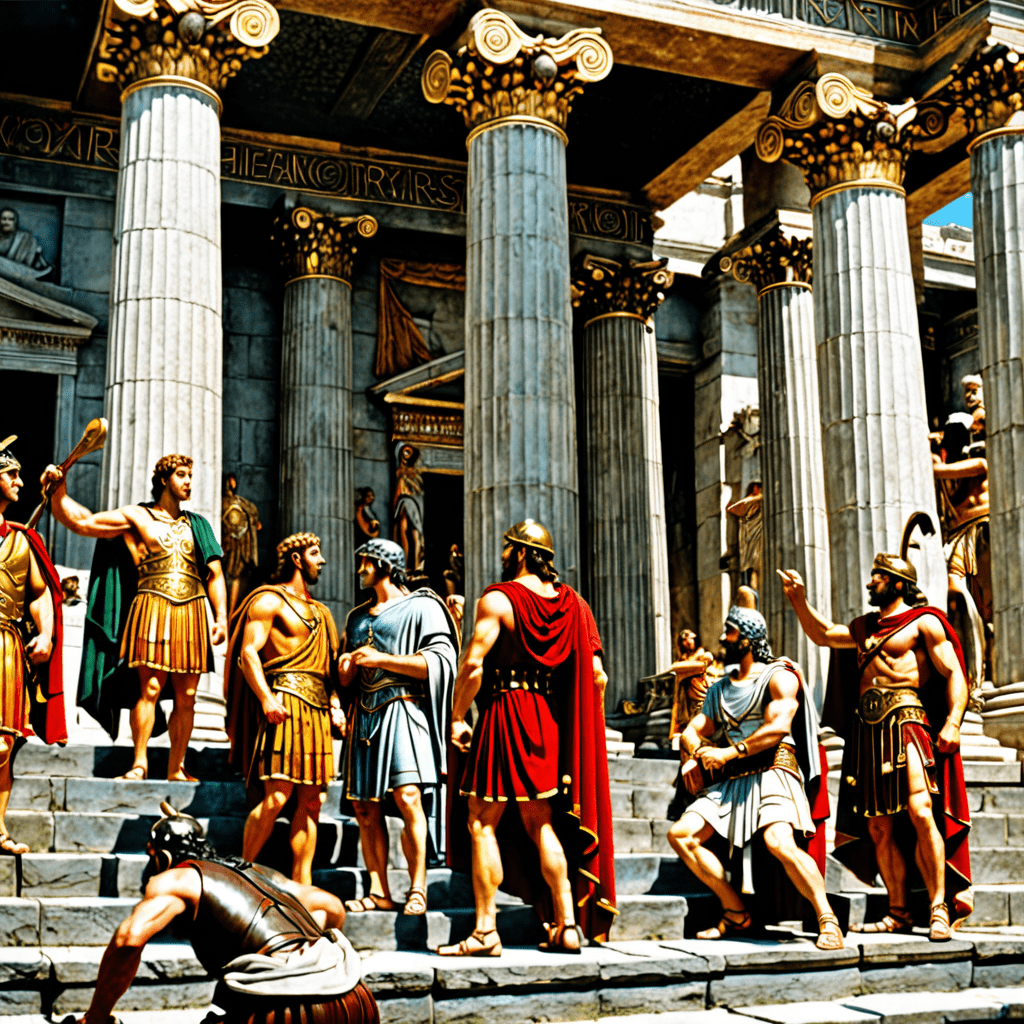The Peryton in Mesopotamian Myth: A Beast of Chaos and Destruction
I. Introduction
Mesopotamian mythology, one of the oldest mythological traditions in human history, is rich with tales of gods, monsters, and the forces of nature. This mythology provided ancient civilizations with a framework to understand their world, the chaos of nature, and the complexities of human existence. Among the myriad creatures that populate this mythological landscape, the Peryton stands out as a symbol of chaos and destruction.
The Peryton, often depicted with the body of a deer and the wings of a bird, embodies the fierce and unpredictable aspects of nature. Its unique combination of features makes it a fascinating subject of study within the context of Mesopotamian culture. This article aims to explore the origins, characteristics, and cultural significance of the Peryton, highlighting its role in the myths and the artistic expressions of ancient Mesopotamia.
II. Origins of the Peryton
The roots of the Peryton can be traced back to the complex tapestry of Mesopotamian mythology, which evolved over thousands of years. Ancient Mesopotamia, often referred to as the cradle of civilization, was home to a diverse array of cultures, including the Sumerians, Akkadians, Babylonians, and Assyrians. Each of these cultures contributed to a rich mythological canon, often intertwining their beliefs and stories.
The first mentions of the Peryton can be found in clay tablets and inscriptions dating back to the early dynastic periods. These references portray the Peryton as a creature of great power, often associated with chaos and destruction. It is believed that the Peryton may have been influenced by other mythological creatures, such as the Lamassu, a protective deity with a lion’s body and human head, or the more chaotic figures like the Tiamat, the primordial goddess of the salt sea.
III. Physical Description and Attributes
The Peryton is characterized by its striking appearance, combining elements that evoke both beauty and terror. Traditionally, it is described as having:
- The body of a stag or deer
- Large, powerful wings reminiscent of a bird of prey
- Antlers that resemble those of a deer but are often exaggerated in size
The symbolism of the Peryton’s features plays a crucial role in its representation. The wings signify freedom and the ability to transcend earthly limitations, while the antlers represent strength and dominance. This duality captures the essence of the Peryton as both a majestic creature and a harbinger of chaos.
When compared to other mythological beasts in the region, such as the Bull of Heaven or the various dragon-like creatures, the Peryton stands out due to its unique combination of terrestrial and aerial attributes. This blend of characteristics amplifies its role as an embodiment of chaos, straddling the line between the earthly realm and the heavens.
IV. Role in Mythology
The Peryton appears in several narratives within Mesopotamian myths, often linked to the themes of chaos and destruction. In these stories, it is portrayed as a formidable adversary to the gods and a disruptor of order. For example, it might be depicted as a creature unleashed during times of great turmoil, signifying the wrath of the deities or the breakdown of societal order.
Key themes associated with the Peryton include:
- Unpredictability of nature
- The consequences of hubris in the face of divine power
- Destruction as a precursor to rebirth
In this context, the Peryton can be compared to other chaotic entities in Mesopotamian lore, such as the serpent monster Tiamat, who embodies primordial chaos and challenges the gods. Both creatures symbolize the fundamental struggle between order and chaos in the universe.
V. The Peryton as a Symbol of Fear and Power
The Peryton’s portrayal as a harbinger of doom has deep cultural implications. It embodies the fears of ancient Mesopotamian civilizations regarding the unpredictability of nature and the existential threats posed by natural disasters. In a world where floods, storms, and droughts could devastate crops and communities, the Peryton represented the darker aspects of these forces.
As a symbol of natural disasters and societal upheaval, the Peryton was often invoked during times of crisis. Its presence in mythology served to reflect and articulate the anxieties of the people, allowing them to confront their fears through storytelling. This dual role as both a fearsome beast and a representation of power illustrates the complexities of how ancient cultures understood their world.
VI. Artistic Representations and Interpretations
The portrayal of the Peryton in ancient Mesopotamian art is a fascinating aspect of its mythological legacy. Artists depicted this creature in various forms, ranging from pottery and relief carvings to cylinder seals. Over time, the Peryton’s image evolved, reflecting changes in cultural attitudes and artistic styles.
Some notable aspects of artistic representations include:
- Early depictions often emphasized the Peryton’s menacing features, highlighting its chaotic nature.
- Later representations began to incorporate more intricate designs, showcasing the creature’s majestic attributes.
- Artifacts featuring the Peryton often served ceremonial purposes, indicating its significance in religious rituals.
Analysis of these artifacts reveals how the Peryton was not only a figure of fear but also an object of reverence, illustrating the complex relationship between humans and the forces of chaos in their lives.
VII. The Peryton’s Legacy in Modern Culture
The influence of Mesopotamian mythology, including the Peryton, can still be seen in contemporary storytelling. Modern literature, games, and media often draw on ancient mythological themes, integrating them into narratives that resonate with present-day audiences.
Examples of the Peryton’s presence in modern culture include:
- Literary works that reinterpret ancient myths, often portraying the Peryton as a metaphor for personal or societal struggles.
- Role-playing games that feature the Peryton as a powerful adversary, embodying the chaotic forces players must confront.
- Films and television shows that draw inspiration from ancient myths, frequently incorporating creatures like the Peryton to explore themes of chaos and order.
These modern interpretations reflect how the themes associated with the Peryton—chaos, destruction, and the struggle for power—continue to resonate with contemporary audiences, illustrating the timeless nature of mythological narratives.
VIII. Conclusion
In summary, the Peryton serves as a compelling symbol within Mesopotamian mythology, representing the chaos and destruction that were ever-present in the lives of ancient peoples. Through its unique characteristics and narratives, the Peryton offers insights into the cultural anxieties and beliefs of Mesopotamian civilizations.
Its lasting significance lies in its ability to encapsulate the struggle between order and chaos, a theme that remains relevant in today’s world. As we explore these ancient myths, we gain a deeper understanding of how they shape cultural narratives and reflect the human experience across time.


